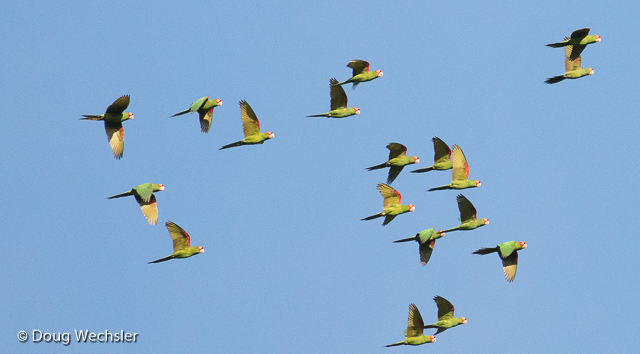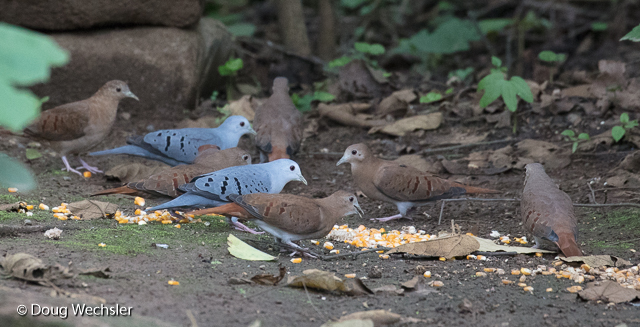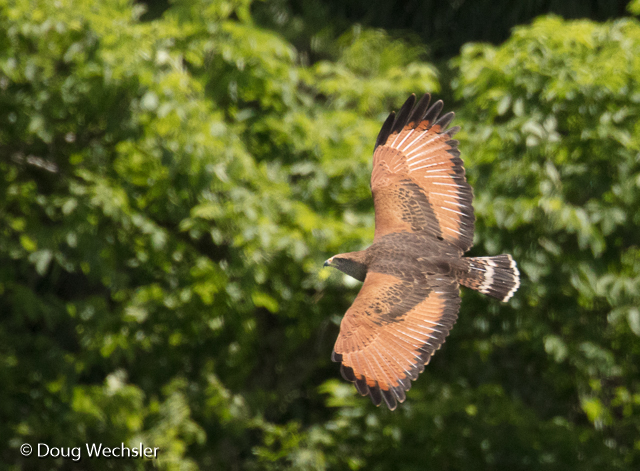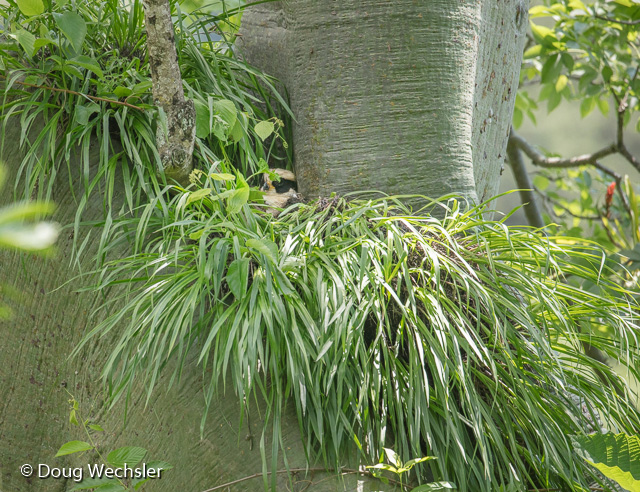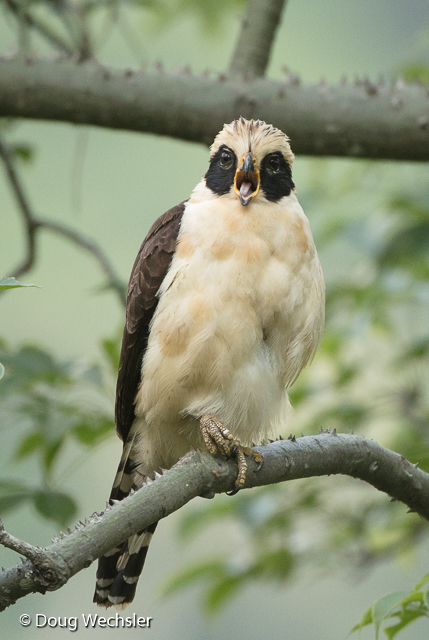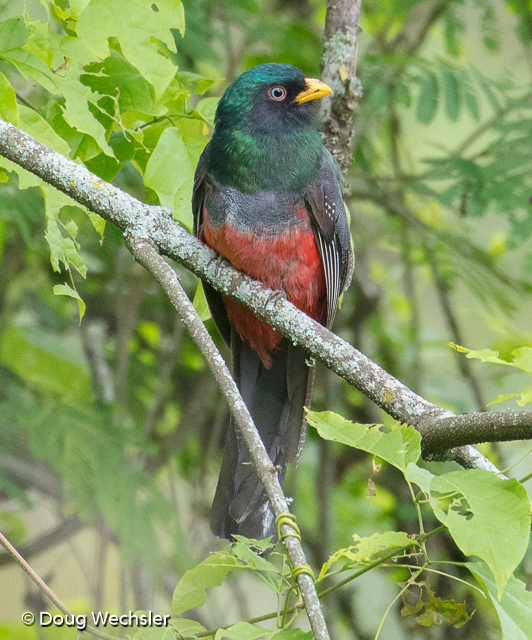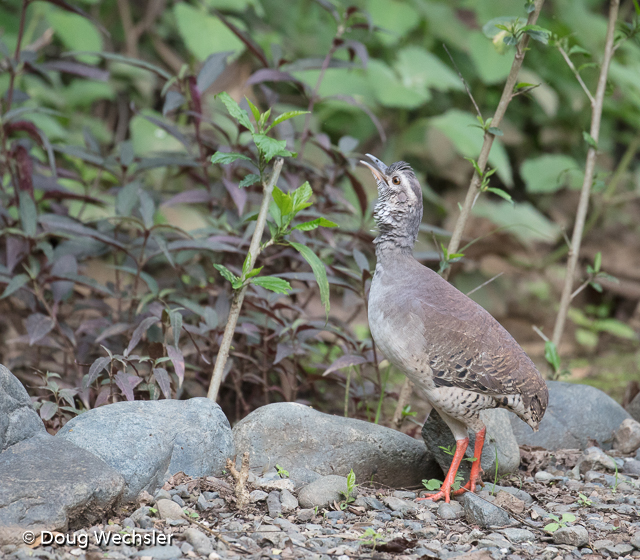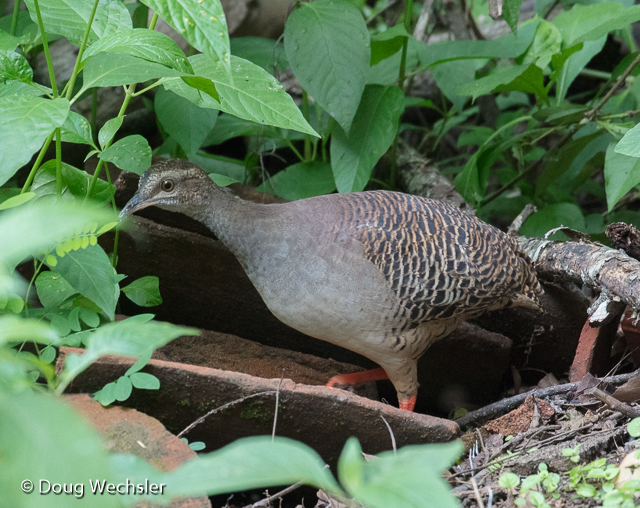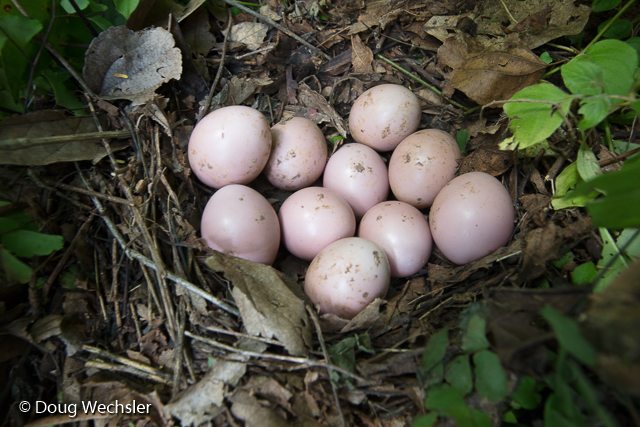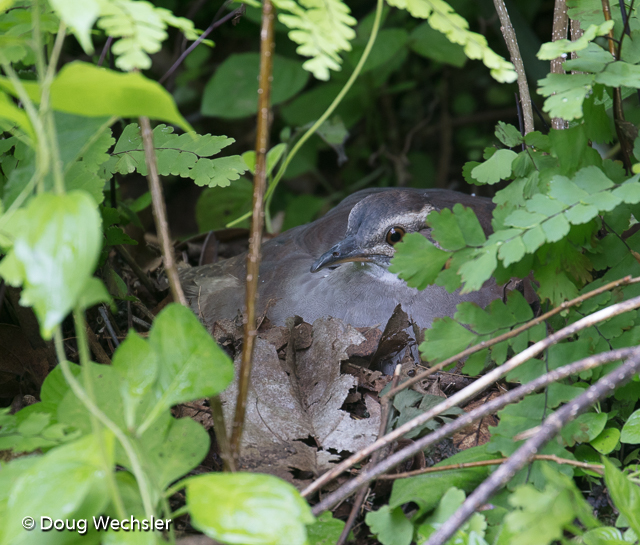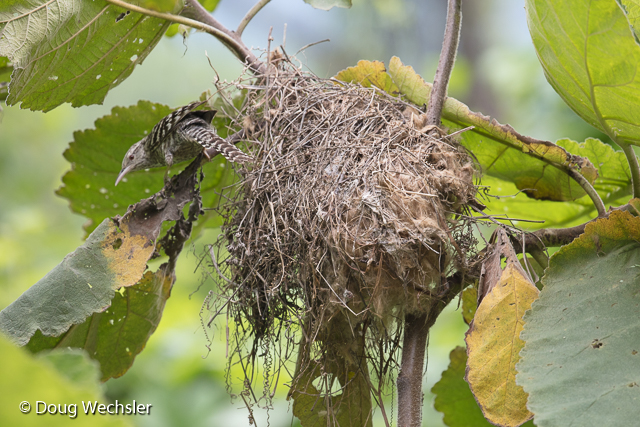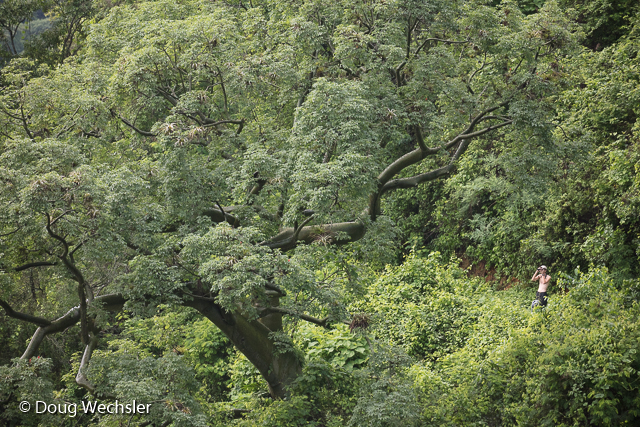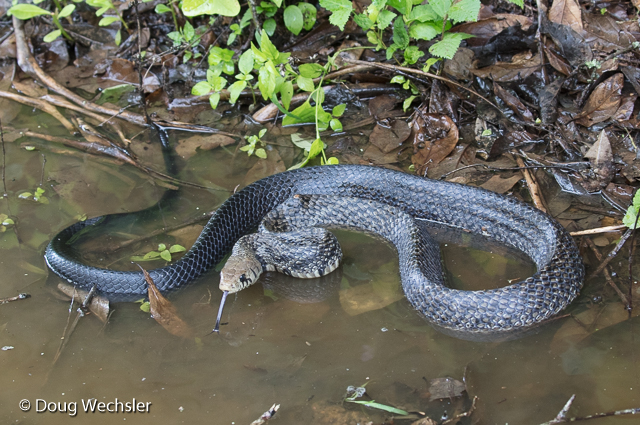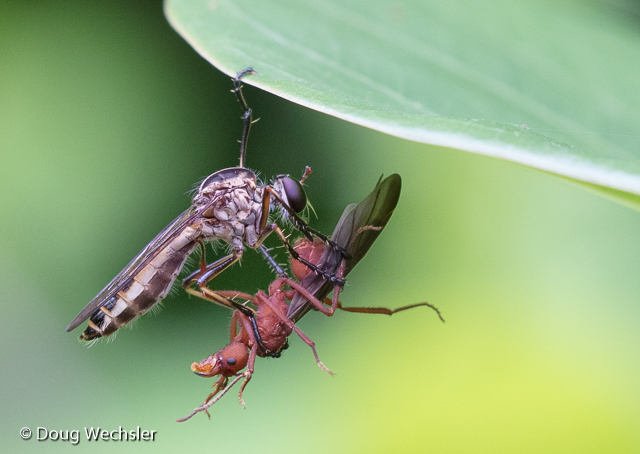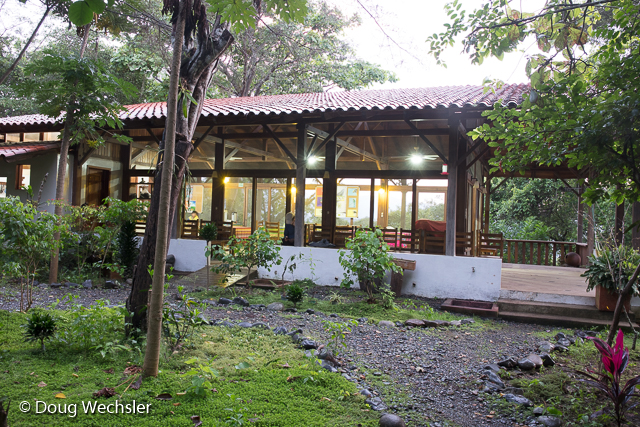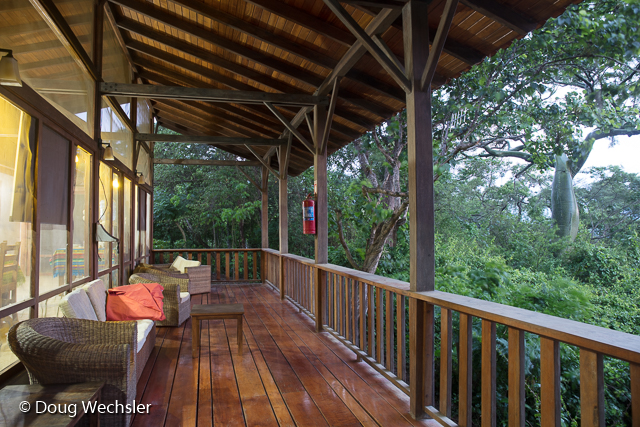In February my wife Debbie and I served as volunteer hosts once again at Jorupe Reserve. The reserve, located on the southern border of Ecuador, is owned by the Jocotoco Conservation Foundation. We noticed a number of changes since our time at the reserve the previous year.
Perhaps the most conspicuous difference in bird life was the huge flocks of Red-masked Parakeets. Last year we saw small groups with perhaps a dozen or so in each group. This year they numbered up to 100 in a flock.
Like most parakeets, Red-masked Parakeets are extremely vocal. But they can also be silent, then suddenly erupt raucously from a nearby tree.
Another interesting difference was the shortage of birds at the feeding station. The rains had produced a wealth of insect prey. With plenty of bugs, and breeding season underway, why would birds stuff themselves at a feeder on dry corn, even if it was non-GMO? An exception, though, were Blue Ground-Doves, which appeared in large numbers.
Raptors are particularly conspicous at Jorupe. This Savannah Hawk had just dived at a Laughing Falcon.
The Laughing Falcon had a nest tucked into a cavity of a Ceiba tree hidden behind epiphytes.
Yawn!
Peruvian Pygmy-Owls can be seen and heard both day and night.
An Ecuadorian Trogon strikes a conceited pose.
Birders coming to Jorupe have Pale-browed Tinamou on their “must-see” list. But this year some birders “dipped” (Brit-speak for missed the bird) since the tinamous were not coming regularly to the feeding station.
Pale-browed Tinamous are notoriously difficult to see away from the feeding station, so I felt particularly lucky to photograph a nest that was discovered when the forest guards cleared roadside growth.
Unlike tinamous, gregarious Fasciated Wrens are not discrete in their nesting habits.
We had the pleasure of spending time with ornithologist Graham Montgomery, who is spending several months in Ecuador studying species boundaries. Here he is checking out birds in a Ceiba tree.
I resisted temptation to pick up this Black-tailed Indigo Snake. Last year I wrapped myself up in one for my Facebook picture, inadvertently letting it cover me with its strong defensive scent. I was reminded of the event for weeks every time I lifted my stinky binoculars.
Robber flies seemed to be abundant along the trail. This one grabbed a leafcutter ant. You have to admire its ability to eat while hanging on to a leaf with only one leg.
The comedor (dining hall) provides nice refuge during the six o’clock mosquito hour.
At other times, the porch is a comfortable place to relax and bird.


